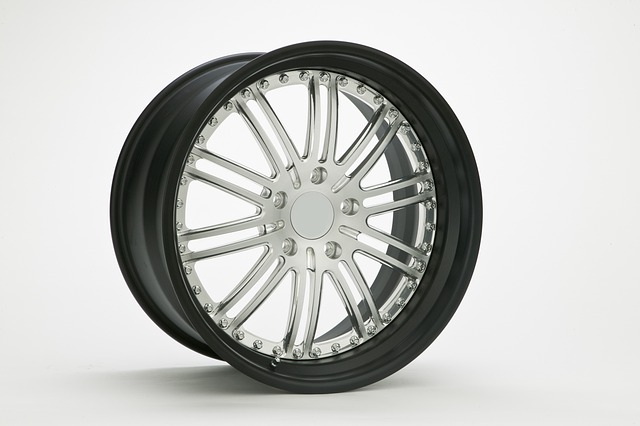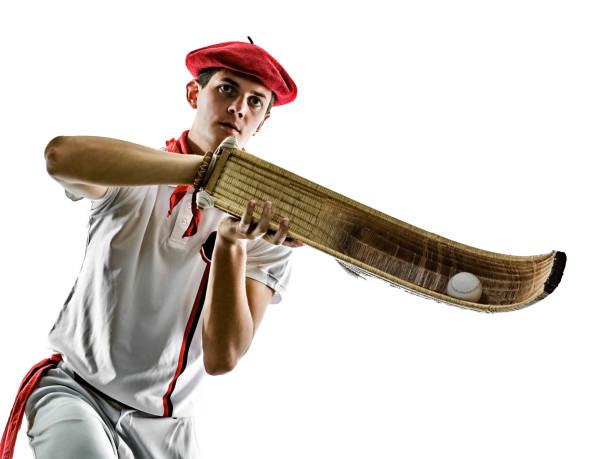Decoding the Mystique of Camber Tuning
The world of automotive performance tuning is vast and complex, filled with arcane terminology and subtle tweaks that can make or break a car's handling. Among these, camber tuning stands out as a technique that's both widely misunderstood and incredibly impactful. This article delves into the intricacies of camber tuning, exploring how this seemingly simple adjustment can transform a vehicle's performance, aesthetics, and driving dynamics.

The Basics of Camber
Camber refers to the angle of a wheel in relation to the vertical axis when viewed from the front or rear of the vehicle. When the top of the wheel tilts inward towards the car, it’s called negative camber. Conversely, when the top of the wheel tilts outward, away from the car, it’s positive camber. A wheel that’s perfectly vertical has zero camber.
This angle affects how the tire contacts the road, influencing everything from tire wear to cornering performance. The right camber setup can dramatically improve a car’s handling characteristics, while the wrong setup can lead to unpredictable behavior and rapid tire wear.
Historical Context and Evolution
The concept of camber in wheeled vehicles isn’t new. Even ancient chariots utilized rudimentary forms of camber to improve stability and reduce wheel wear. However, it wasn’t until the advent of modern suspension systems that camber became a tunable aspect of vehicle dynamics.
In the early days of automotive racing, engineers began to experiment with camber settings to gain a competitive edge. They discovered that slight negative camber could improve cornering performance by increasing the tire’s contact patch during turns. This knowledge gradually trickled down from the racetrack to production vehicles, with manufacturers incorporating camber adjustments into their suspension designs.
The Physics Behind Camber
Understanding camber requires a dive into vehicle dynamics and tire physics. When a car turns, weight transfer occurs, causing the outside wheels to bear more load. This weight shift can cause the tire to roll onto its outer edge, reducing the contact patch and limiting grip.
Negative camber counteracts this effect by allowing the tire to sit more flat against the road surface during cornering. As the car leans into a turn, the outside wheel’s camber angle becomes more vertical, maximizing the tire’s contact with the road precisely when it’s needed most.
However, it’s not as simple as adding more negative camber for better performance. Too much negative camber can reduce straight-line stability and accelerate tire wear on the inner edges. The key lies in finding the right balance for the specific vehicle and its intended use.
Practical Applications of Camber Tuning
Camber tuning isn’t just for race cars. It has practical applications for a wide range of vehicles and driving styles:
-
Performance Driving: Track-day enthusiasts and amateur racers often adjust camber to maximize cornering grip and reduce lap times.
-
Daily Driving: A slight negative camber can improve handling without significantly impacting tire wear or ride comfort.
-
Off-Road Vehicles: Positive camber is sometimes used in off-road applications to improve obstacle clearance and articulation.
-
Stance Culture: While controversial from a performance standpoint, extreme negative camber has become a popular aesthetic choice in certain automotive subcultures.
Tools and Techniques for Camber Adjustment
Adjusting camber isn’t always straightforward. Some vehicles come with built-in camber adjustment points, while others require aftermarket parts or modifications. Common methods include:
-
Camber Bolts: These eccentric bolts allow for a few degrees of adjustment without major modifications.
-
Camber Plates: Often used in MacPherson strut suspensions, these plates offer a wider range of adjustment.
-
Adjustable Control Arms: These allow for precise camber tuning in multi-link suspensions.
-
Subframe Modifications: In some cases, modifying or shifting the entire subframe can achieve the desired camber settings.
Precise measurement is crucial when adjusting camber. Professional alignment shops use specialized equipment, but DIY enthusiasts can achieve reasonable accuracy with a quality camber gauge and careful measurement.
The Impact on Tire Wear and Vehicle Dynamics
While camber tuning can significantly improve performance, it’s not without trade-offs. Excessive negative camber can lead to accelerated wear on the inner edges of tires, potentially reducing their lifespan. It can also affect straight-line stability and increase tire noise.
On the flip side, proper camber settings can actually extend tire life by ensuring even wear across the tread. This is particularly important for performance driving, where consistent tire performance is crucial.
Beyond tire wear, camber affects overall vehicle dynamics. It influences turn-in response, mid-corner grip, and even braking stability. Fine-tuning camber can transform a car’s character, making it feel more responsive and planted in corners.
Camber in Professional Motorsports
In the world of professional racing, camber tuning is an art form. Teams spend countless hours fine-tuning camber settings for each track and condition. Formula 1 cars, for example, often run extreme negative camber settings to maximize cornering performance, sometimes sacrificing straight-line speed and tire longevity for lap time gains.
Different motorsports disciplines require different approaches to camber. Drift cars often use significant negative camber on the front wheels to increase steering angle and improve initiation, while oval track racers might use asymmetric camber settings to optimize for constant left turns.
The Future of Camber Tuning
As automotive technology advances, so too does the science of camber tuning. Active suspension systems are beginning to incorporate dynamic camber adjustment, allowing for real-time optimization based on driving conditions and vehicle dynamics.
Furthermore, the rise of electric vehicles with in-wheel motors opens up new possibilities for camber control. These systems could potentially adjust camber on the fly, maximizing performance and efficiency in all driving scenarios.
In conclusion, camber tuning remains a fascinating intersection of physics, engineering, and driving passion. Whether you’re a track day enthusiast seeking that extra edge, a daily driver looking to improve handling, or simply curious about the intricacies of vehicle dynamics, understanding camber is key to unlocking the full potential of any vehicle. As automotive technology continues to evolve, camber tuning will undoubtedly remain a crucial aspect of vehicle performance and handling optimization.





